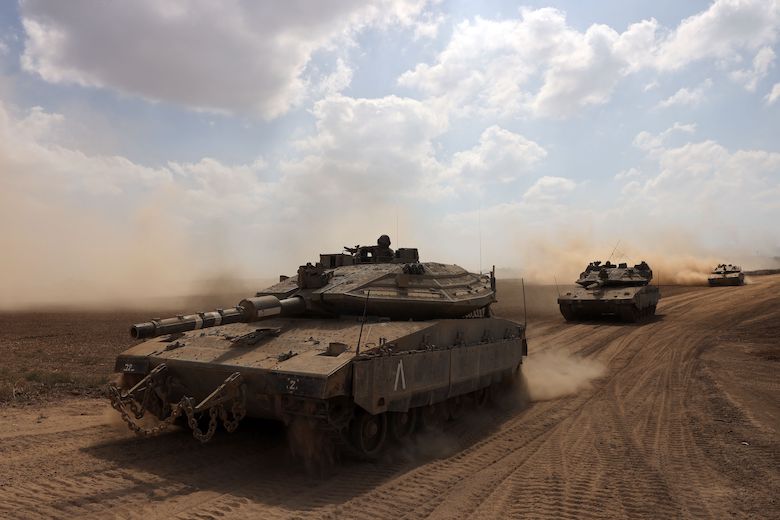On a patch of scrubland outside the Zikim kibbutz earlier this week, I came across a platoon of Merkava 4 tanks positioned among the trees. One of the tank commanders recognised my colleague and we exchanged a few words. ‘This is our Yom Kippur,’ he told us. ‘We haven’t even begun to grasp the implications of this.’ Yom Kippur, in this context, isn’t a reference to the annual Jewish day of atonement. Rather, it recalls October 1973, when Israel was surprised by an attack on two fronts from the forces of Egypt and Syria. The Hamas assault on Israeli Jewish communities around the Gaza Strip came exactly 50 years and a day after what Israelis call the Yom Kippur War. In that war, after holding back the advance of the Egyptians and Syrians in the Sinai and the Golan, Israel launched counterattacks on both fronts – and emerged as the clear victor.
This time around, facing a terror organisation equipped and armed by a state (Iran) rather than a conventional army, the Israel Defence Forces have completed the process of expelling Hamas operatives from the communities in the ‘Gaza Envelope’, as Israelis refer to the area around the Strip. An

Get Britain's best politics newsletters
Register to get The Spectator's insight and opinion straight to your inbox. You can then read two free articles each week.
Already a subscriber? Log in






Comments
Join the debate for just £1 a month
Be part of the conversation with other Spectator readers by getting your first three months for £3.
UNLOCK ACCESS Just £1 a monthAlready a subscriber? Log in